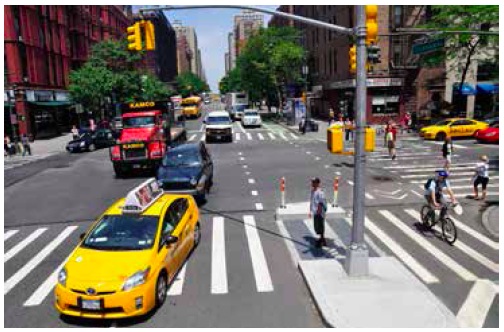
More than 1,200 Complete Streets policies are now in place at the state, regional, and local levels. And over the last year, federal agencies have followed suit with new changes in national policy intended to make streets safer for everyone.
View this complete post...





















 RSS Feed
RSS Feed